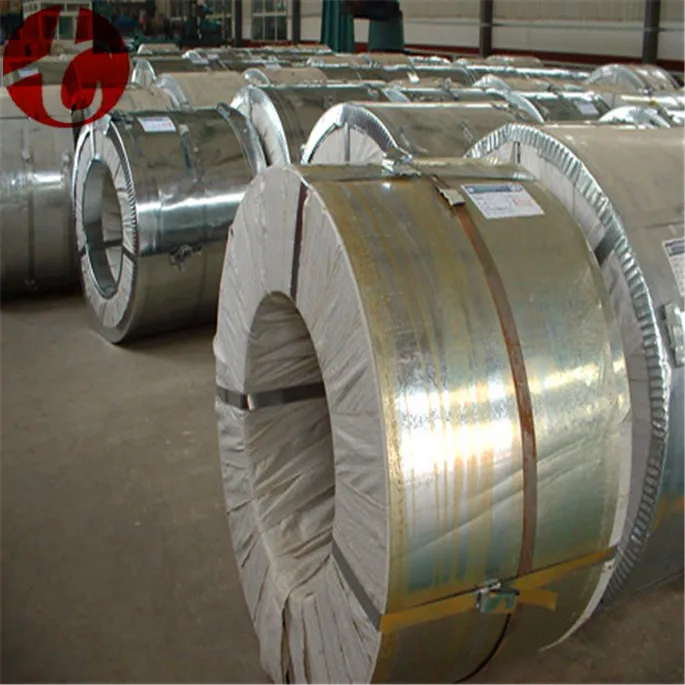

True steel use (TSU), which additionally takes into account the volume of net indirect trade and therefore comes close to the actual amount of steel products consumed in China, amounted to around 725.5 million metric tons of finished steel products in 2019. Apparent steel use (ASU), an indicator developed by the World Steel Association to measure steel demand and is expressed as deliveries minus net exports, stood at 995 million metric tons of finished steel products for China in 2020. Not only do imports and exports have to be taken into consideration, but the indirect trade in steel, embedded in products partly made of steel like machinery, cars, or white goods, needs to be included as well. The amount of steel China consumes itself is difficult to assess. This has barely affected China's global share of crude steel production, which has continued to rise, surpassing 50 percent since 2017.

In recent years, the Chinese government has taken steps to cut the industry’s overcapacity. Controversial accusations have long been voiced that state-subsidized Chinese steel mills are flooding the world market with cheap steel at dumping prices. Although China consumes the largest share of its produced steel, exports also play an important role for Chinese steelmakers. During its modernization process, China has built up a gigantic production capacity for iron and steel and is, by way, the largest steel producer worldwide, with an annual crude steel production volume exceeding one billion metric tons for the past two consecutive years. Infrastructure, buildings, and cars require huge amounts of iron and steel in the production process. Steel industry in China - statistics and facts


 0 kommentar(er)
0 kommentar(er)
